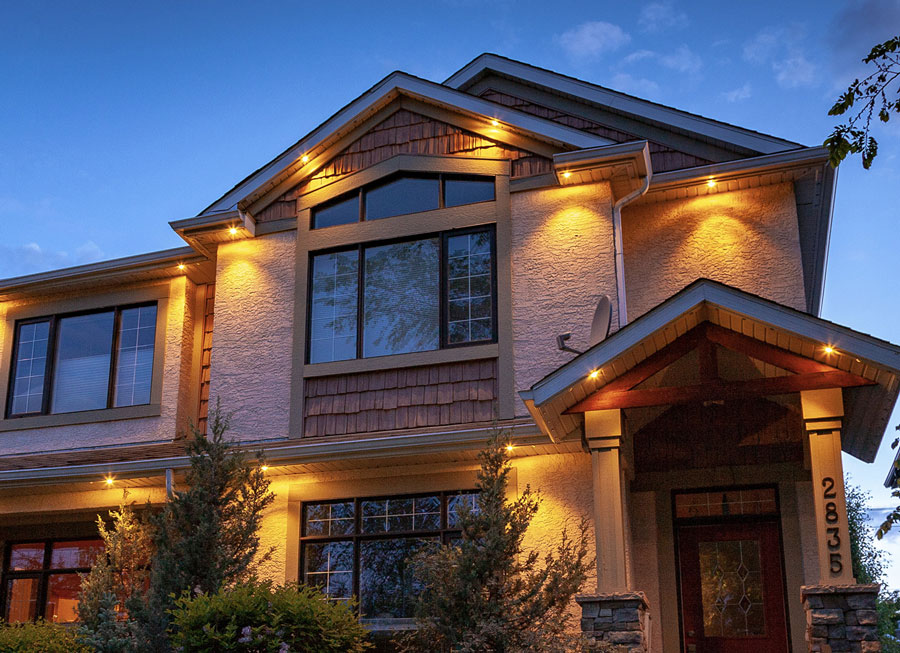Understanding Warm White and Cool White Light
If you are new to LED lighting, it’s essential to familiarize yourself with colour temperatures. The hue of a light is measured in degrees Kelvin, also known as colour temperature. Lower numbers indicate warmer colours, which have more red tones, while higher numbers represent cooler colours with more blue tones. Most homeowners are acquainted with the “warm” and “cool” designations when it comes to light – as most LED light bulbs are in one of these two categories. Although there is some overlap, warm white lights generally fall within the 2000K to 3000K range, while cool white lights are in the 3000K to 4500K range. Neither warm nor cool white is necessarily superior – it ultimately depends on personal preference and the desired ambiance for your space.
Warm White: Create a Cozy Atmosphere
If you’ve ever enjoyed the warm glow of a candle indoors, you’ve experienced warm white light. This type of light has a low colour temperature, emitting more red and yellow wavelengths, resulting in a softer and more inviting glow compared to cool white light.
Warm white lights are often used in residential settings due to their gentle effect on the eyes and ability to create a cozy atmosphere. Warm white lights have a yellowish-orange tint, reminiscent of incandescent or halogen bulbs. They’re not as bright as cool white so if your goal is visibility or security they may not be the right choice. If you want to provide a welcoming feel as visitors approach your home, warm white lights are perfect. Warm white lights are also ideal for softly illuminating walkways and landscaping, creating subtle yet effective lighting effects.

Cool White: Accentuating Features and Visibility
On the other end of the white light spectrum is cool white. On the Kelvin temperature scale, cool white light has a higher colour temperature than warm white. This means it emits more blue and green wavelengths. Cool white lights provide brighter illumination and can be used effectively in specific outdoor areas. While not as inviting as warm white, cool white light is not as harsh as sunlight. One great application for cool white lights is along the exterior of your garage. This area tends to be darker than others, and the additional light can improve visibility, reducing the risk of accidents or theft.
Other suitable areas for cool white lights include backyards, driveways, and spaces where better visibility is necessary for pedestrians or drivers. You can also use cool white lights to highlight specific features like a swimming pool or gazebo.

With Gemstone Lights outdoor LED lights you don’t have to pick one or the other. Because each bulb is individually addressable, you can have warm white around the front door and cool white above the garage. You can also change how warm or cool your white light is – perhaps settling closer to the midpoint between the two colours, often called natural white. Gemstone outdoor LED lights give you the flexibility to choose the shade of white that works best for your home.




